Photo: Hammerheads Darwin Jonathan
The Galápagos Science Center (GSC) believes that research and action are most powerful when connected to community. Through long-term partnerships and engagement programmes, we bring science into homes, schools and public spaces across the islands. Since 2019, our “Connecting with Nature” initiative has reached thousands of children, youth and adults, helping strengthen local identity, increase environmental responsibility, and build sustainable futures.

Through reading comprehension activities, boys and girls learn about the importance of ecosystem conservation and the dangers faced by the species that inhabit them. The sessions include reading science-based stories, reflection and critical thinking exercises, questions, drawings, and games, and are endorsed by the Ministry of Education. This is one of the activities with the broadest reach, as it has been carried out in schools across all populated islands of the archipelago and in a coastal area of mainland Ecuador.
The “Virtual Sessions” and “Teacher Mentorships” have enabled a significant number of educators to learn the methodologies and resources used, allowing them to replicate the experience with their students.
The stories used include tales of iconic Galapagos species: “Marti, the Hammerhead Shark”, “Tessa, the Giant Tortoise”, “Alberto, the Waved Albatross”, and “Loberto and Zally, the Galapagos Sea Lions.”



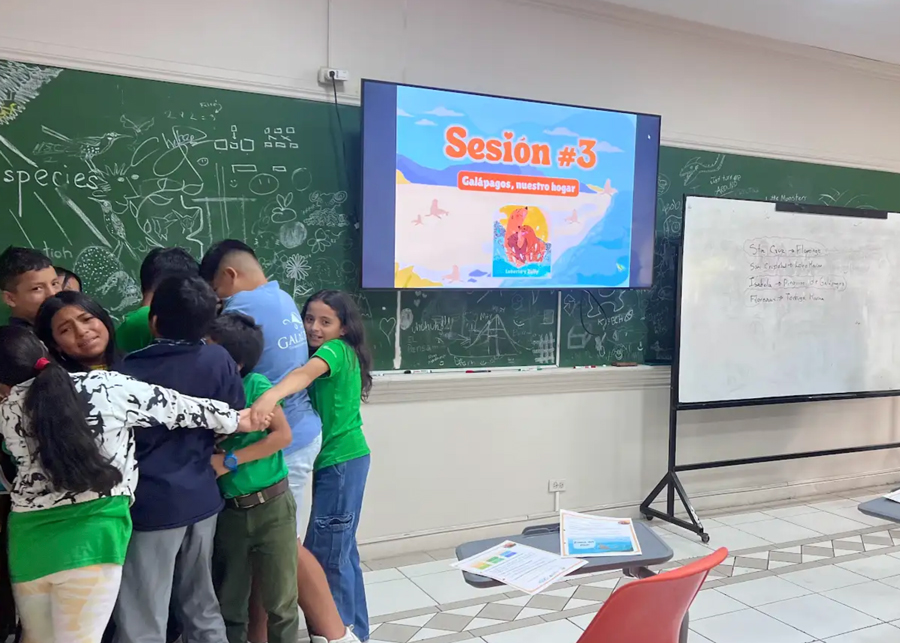

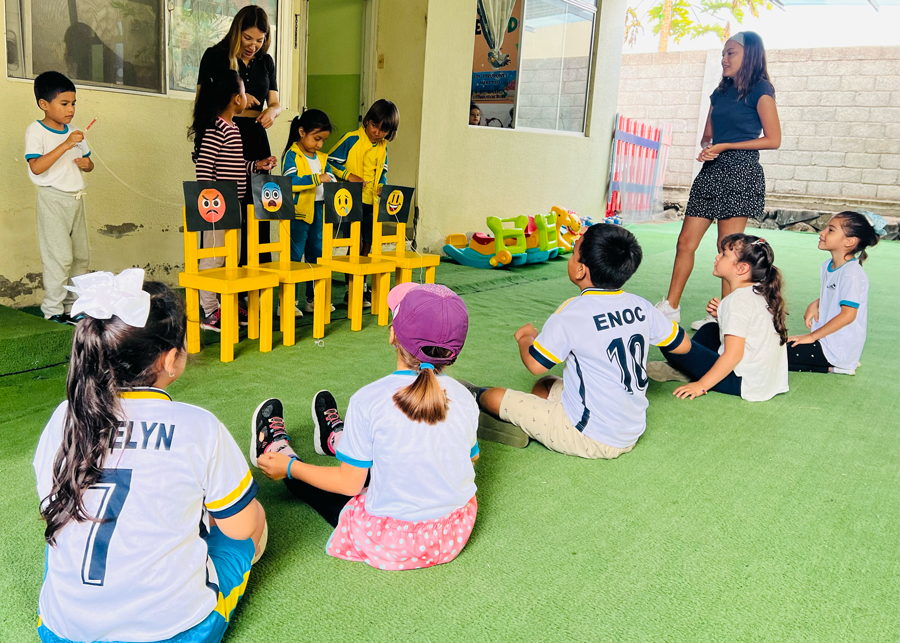
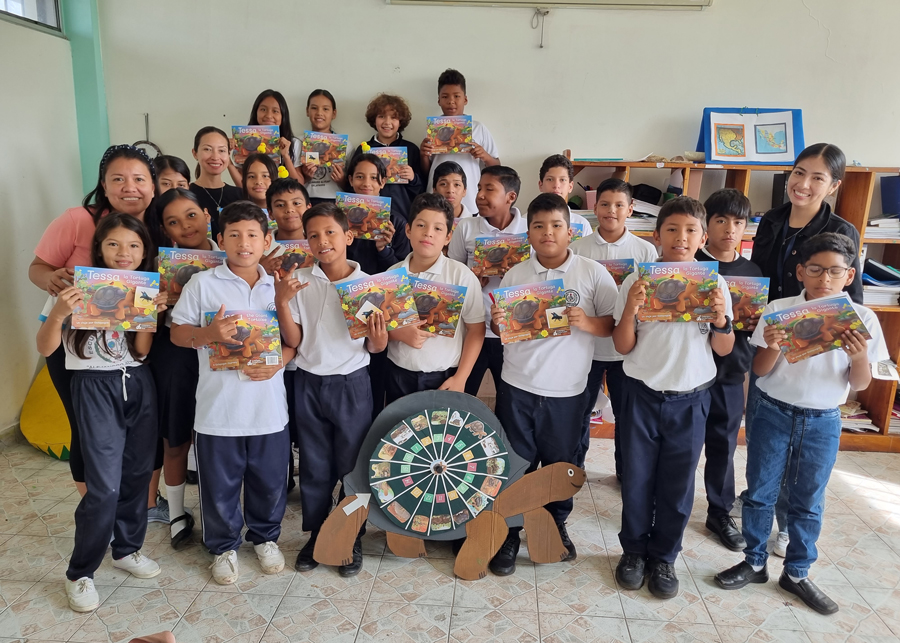
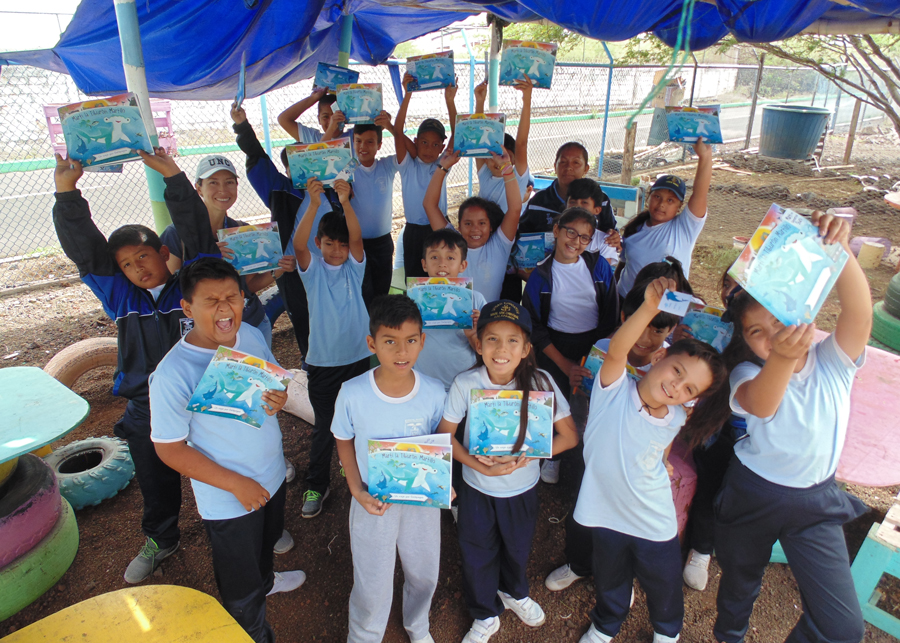
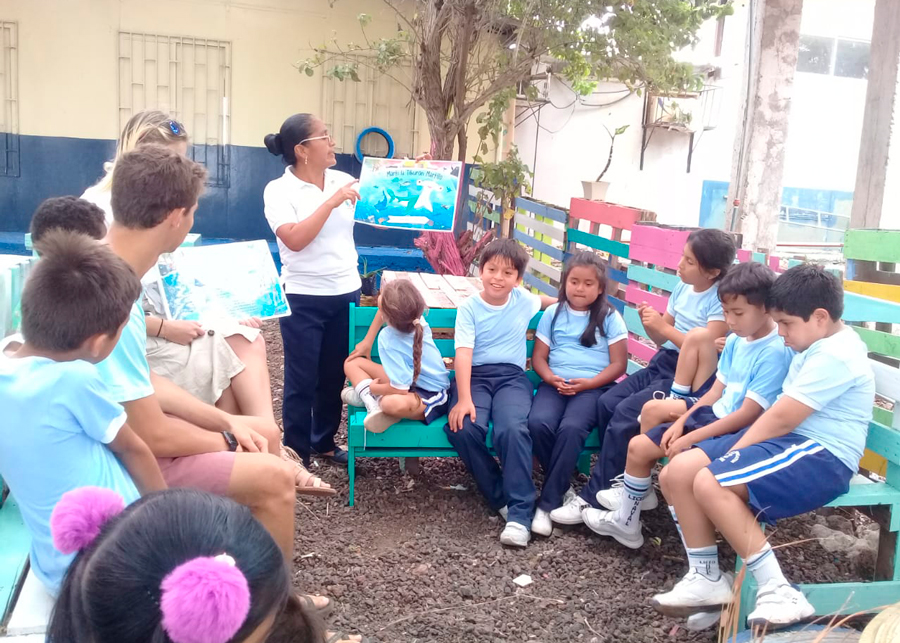

Through reading comprehension activities, boys and girls learn about the importance of ecosystem conservation and the dangers faced by the species that inhabit them. The sessions include reading science-based stories, reflection and critical thinking exercises, questions, drawings, and games, and are endorsed by the Ministry of Education. This is one of the activities with the broadest reach, as it has been carried out in schools across all populated islands of the archipelago and in a coastal area of mainland Ecuador.
The “Virtual Sessions” and “Teacher Mentorships” have enabled a significant number of educators to learn the methodologies and resources used, allowing them to replicate the experience with their students.
The stories used include tales of iconic Galapagos species: “Marti, the Hammerhead Shark”, “Tessa, the Giant Tortoise”, “Alberto, the Waved Albatross”, and “Loberto and Zally, the Galapagos Sea Lions.”
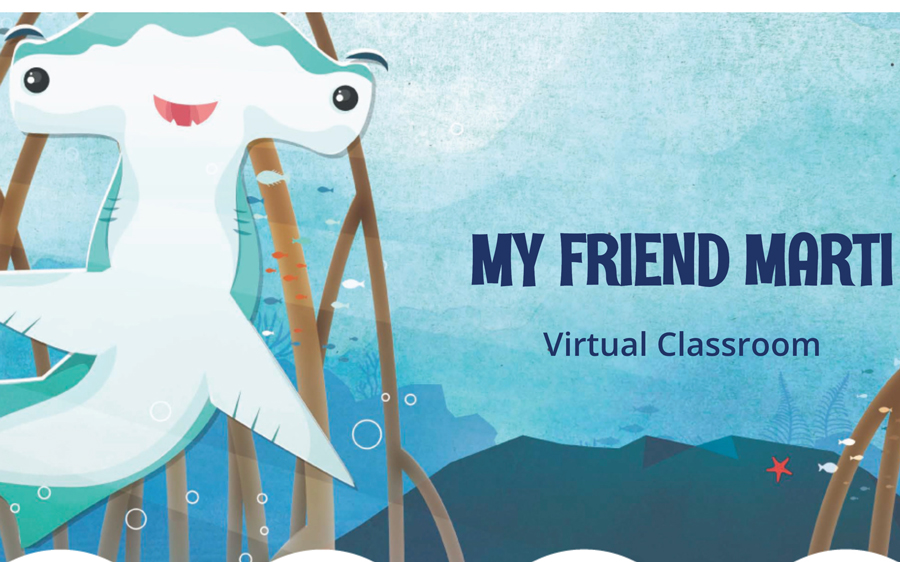

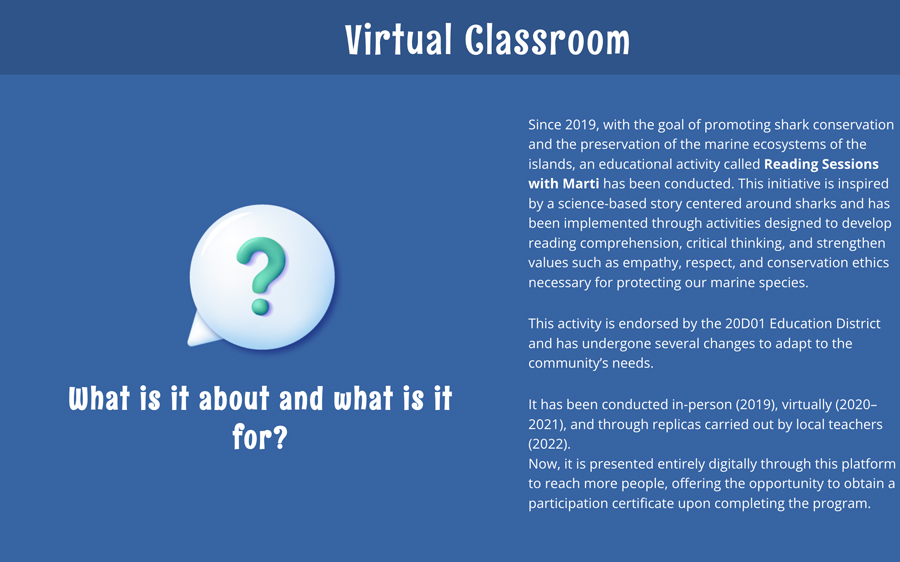

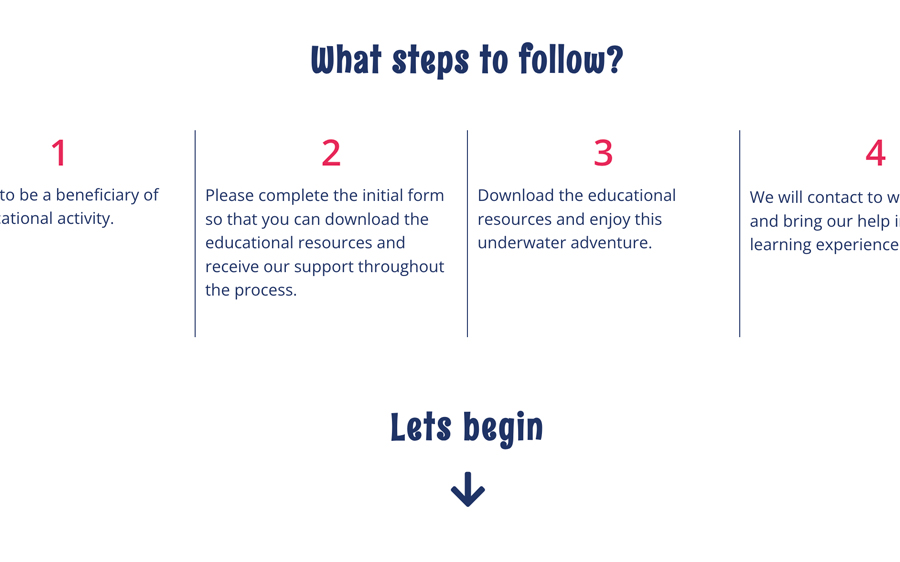
To access the reading sessions anytime and from anywhere, it is now possible to use the resources available in the Virtual Classroom. These stories not only entertain young children but also evoke emotions and strengthen empathy toward animals. With a focus on empowerment and autonomy, the Virtual Classroom allows families and schools to join efforts to foster a love of reading, reinforce values of coexistence, and promote conservation in an ecosystem as fragile as that of the Galápagos.
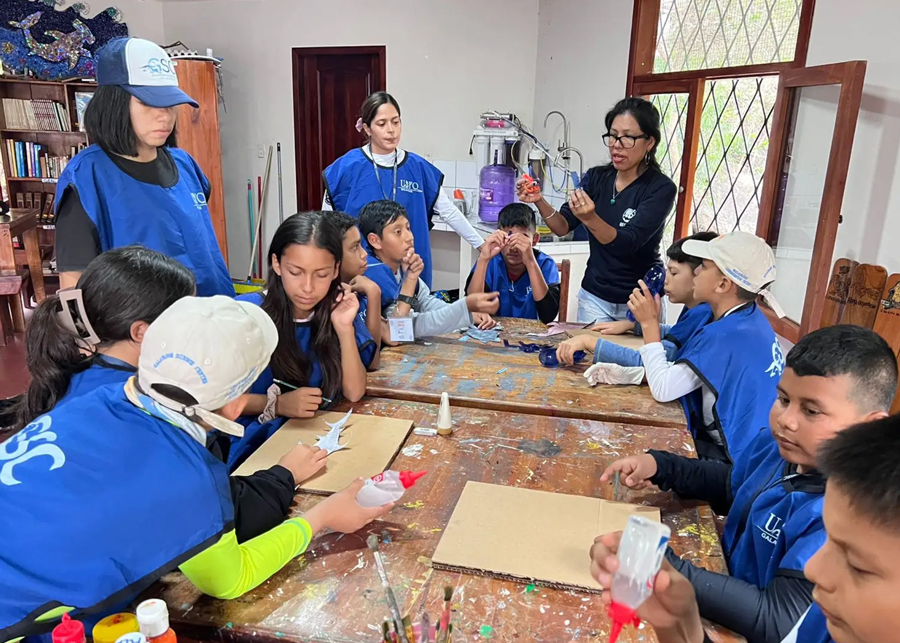
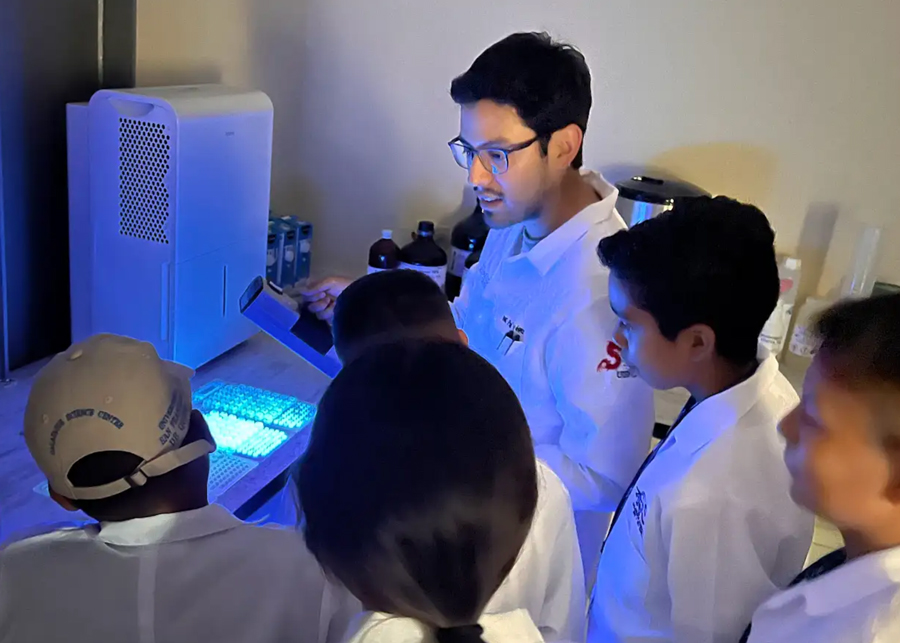


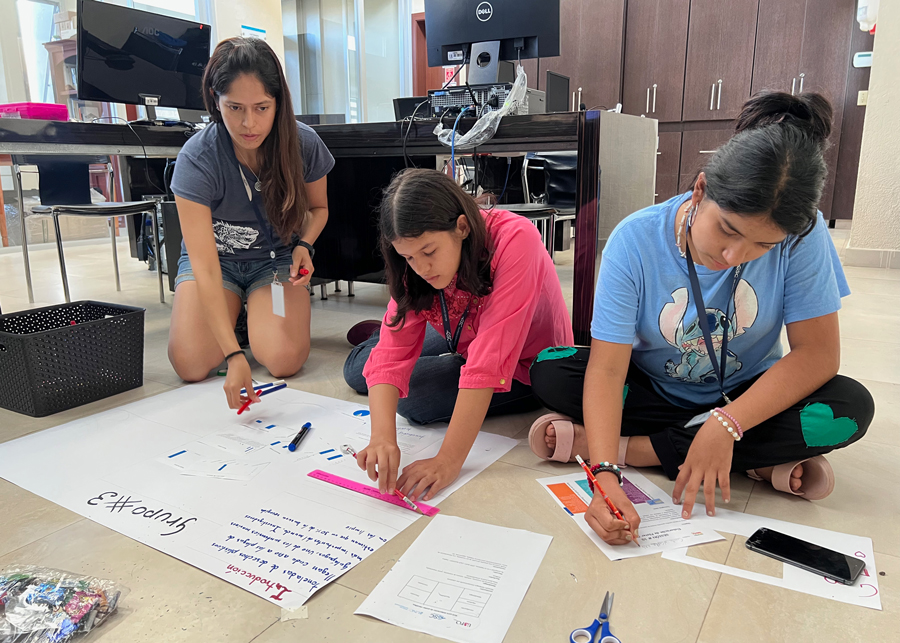

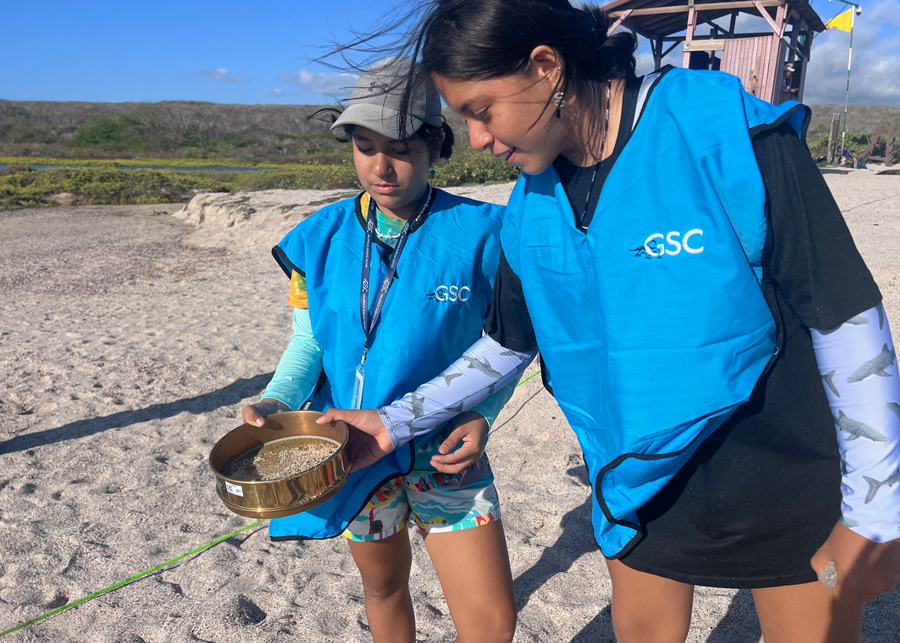
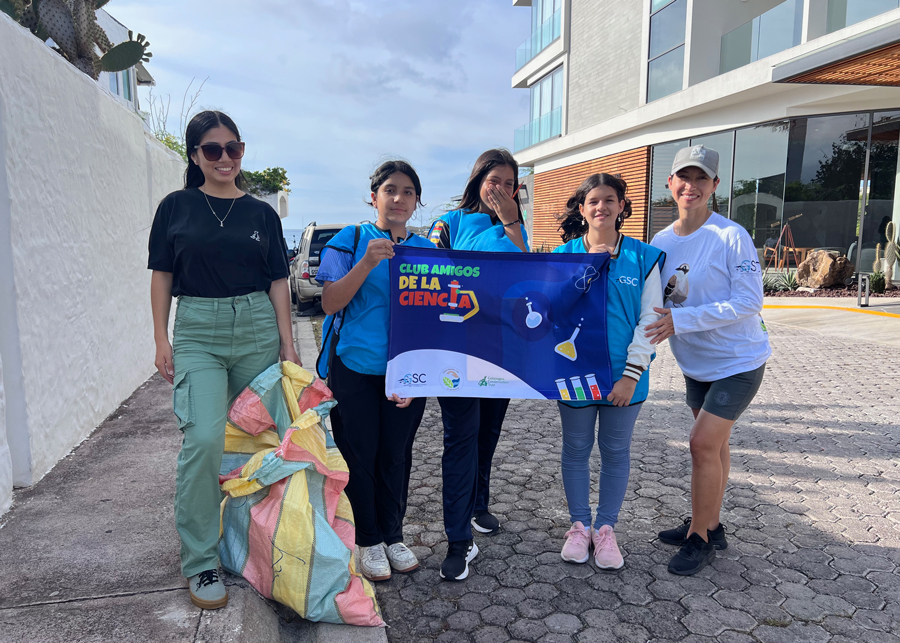
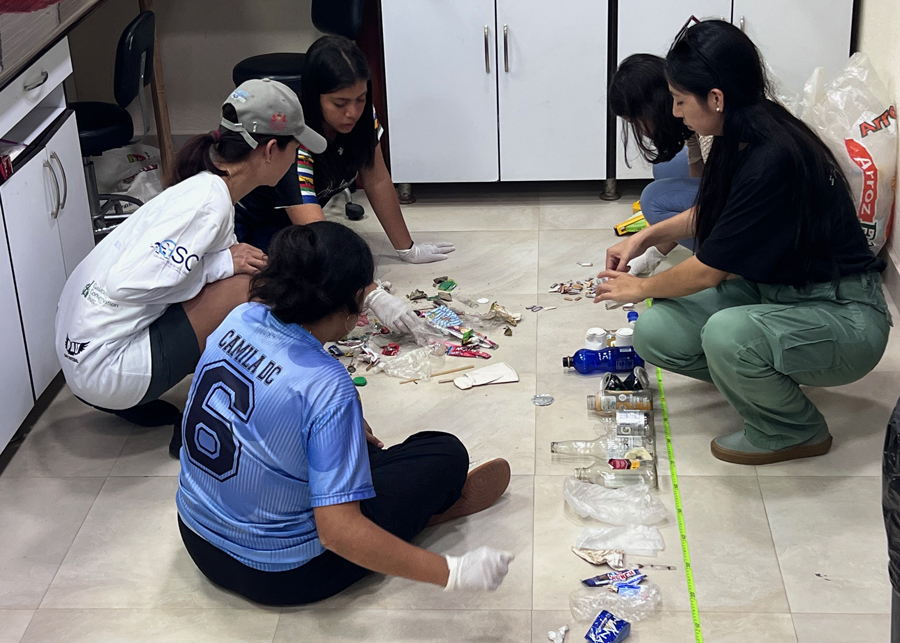

Through a multi-session program, children and youth awaken their curiosity and learn about the tools and methodologies used by scientists in both fieldwork and laboratory research. In this way, the program fosters interest in science and conservation from an early age, providing opportunities to apply the knowledge they gain and increasing their enthusiasm for learning about the life behind scientific research.
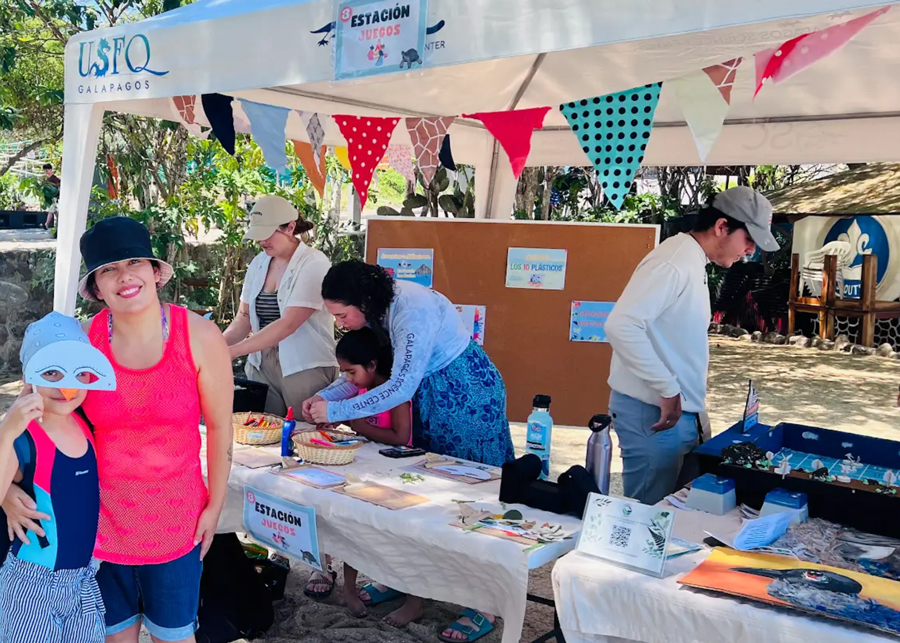
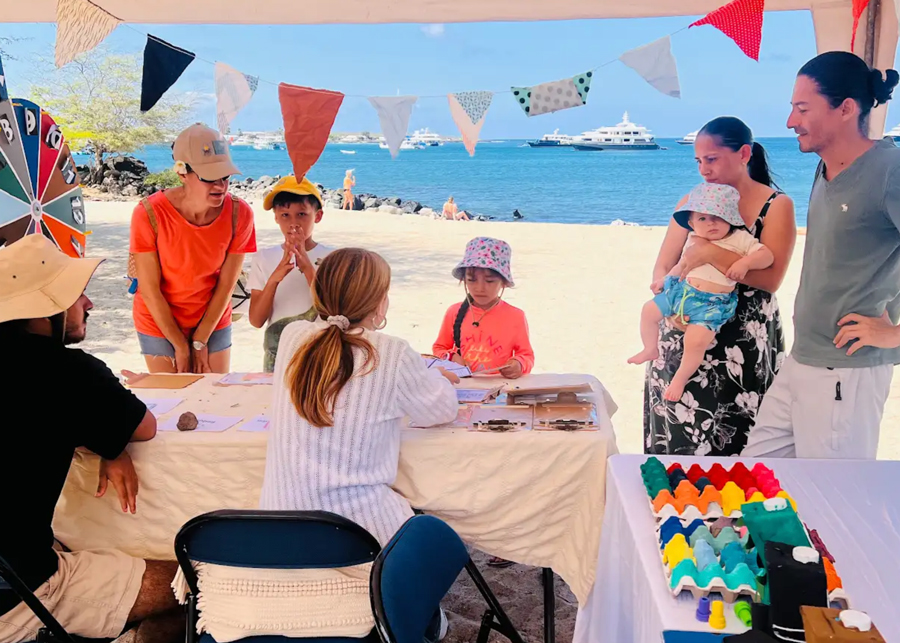

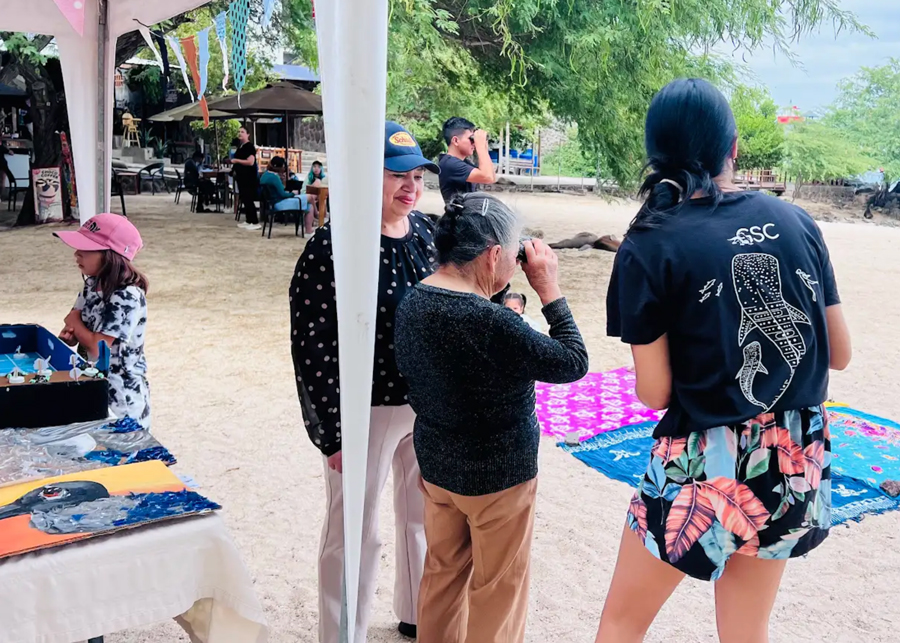



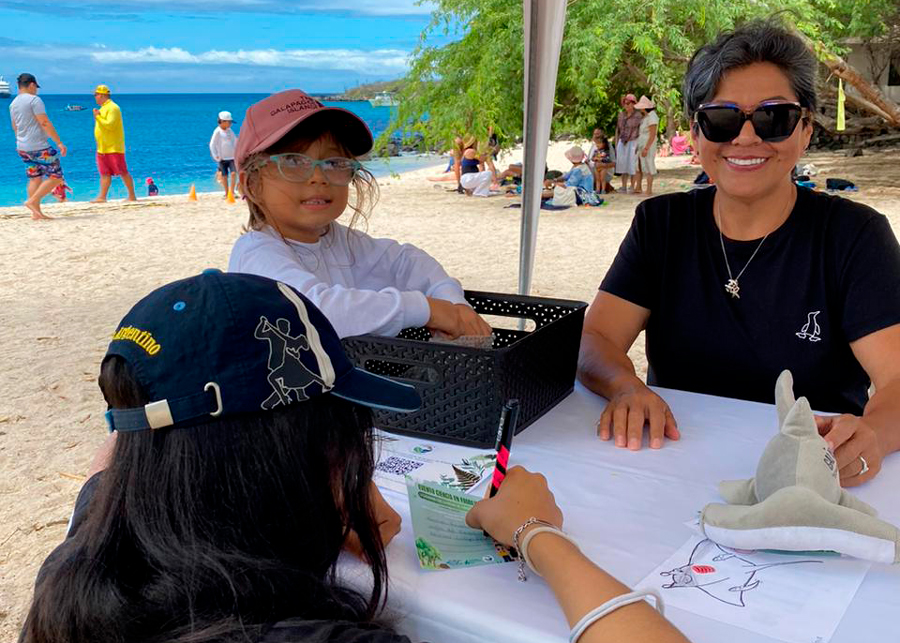
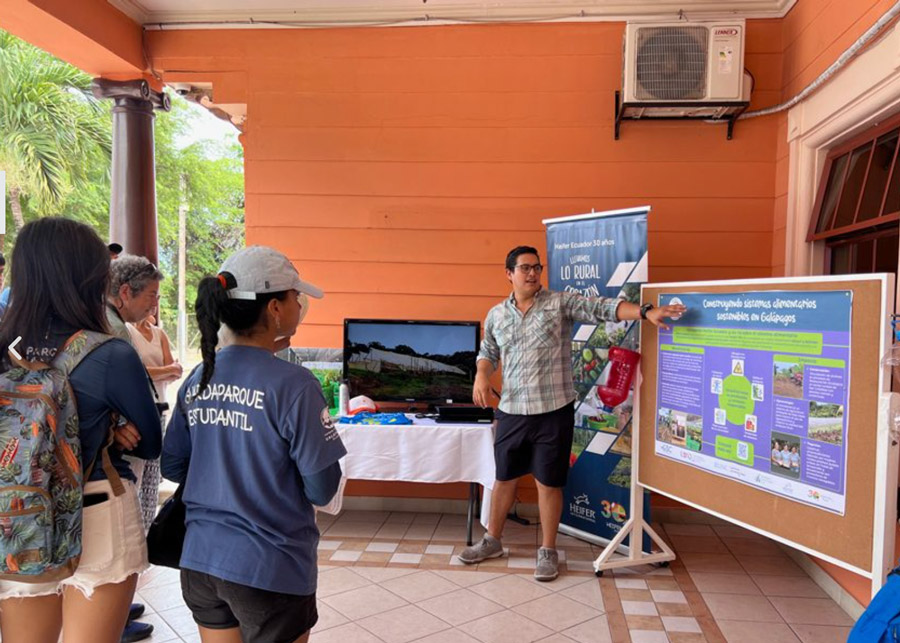
In a dynamic space and through simple language, community members learn about topics related to the scientific research being carried out at the GSC. This activity is developed in a station format, where participants engage in playful activities that include challenges, exhibitions, games, and commitments, with the aim of offering the community an opportunity for learning and healthy recreation. Each event involves the participation of GSC researchers, students from USFQ Galápagos, and members of other local institutions as exhibitors, and is held in public spaces such as parks, beaches, or plazas.
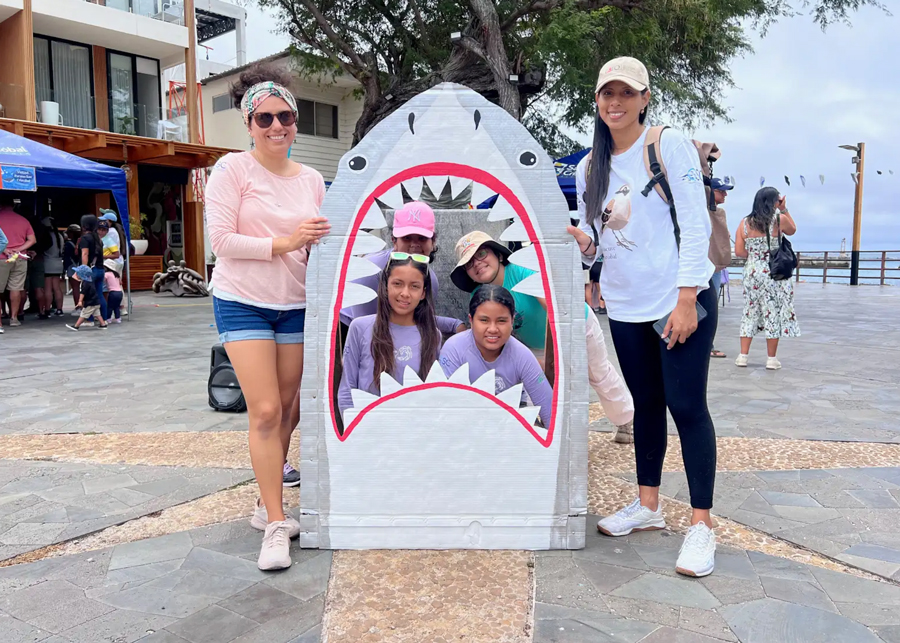
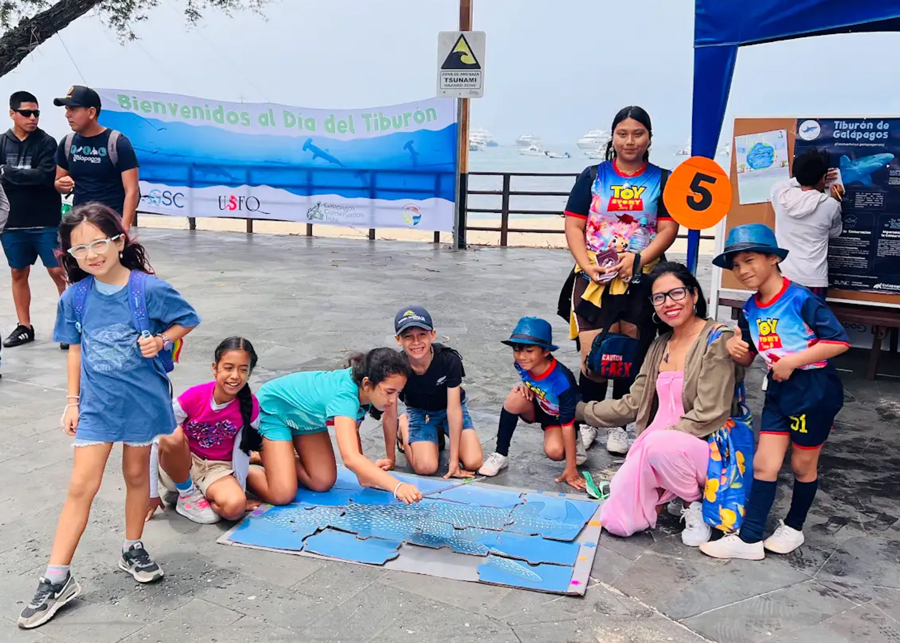
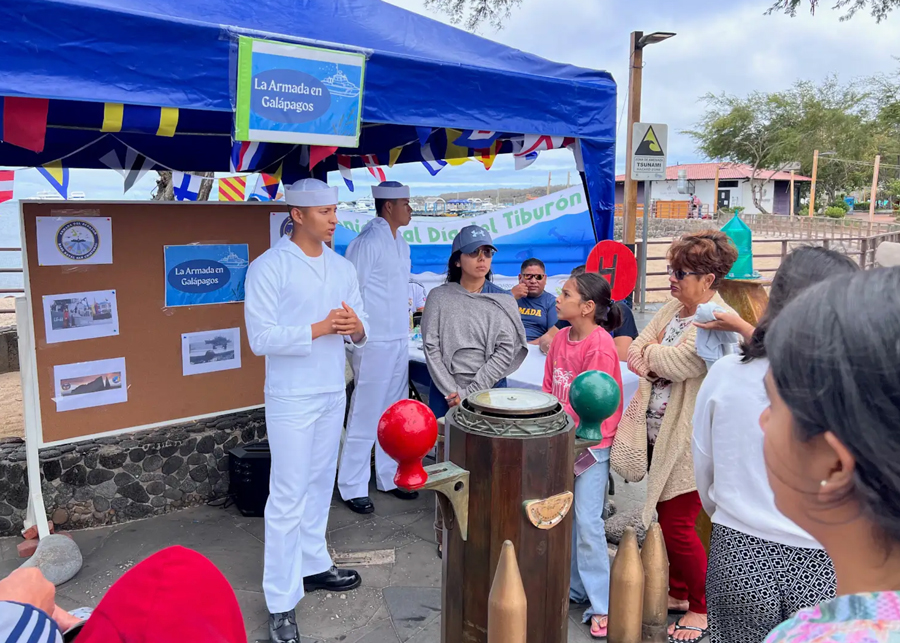
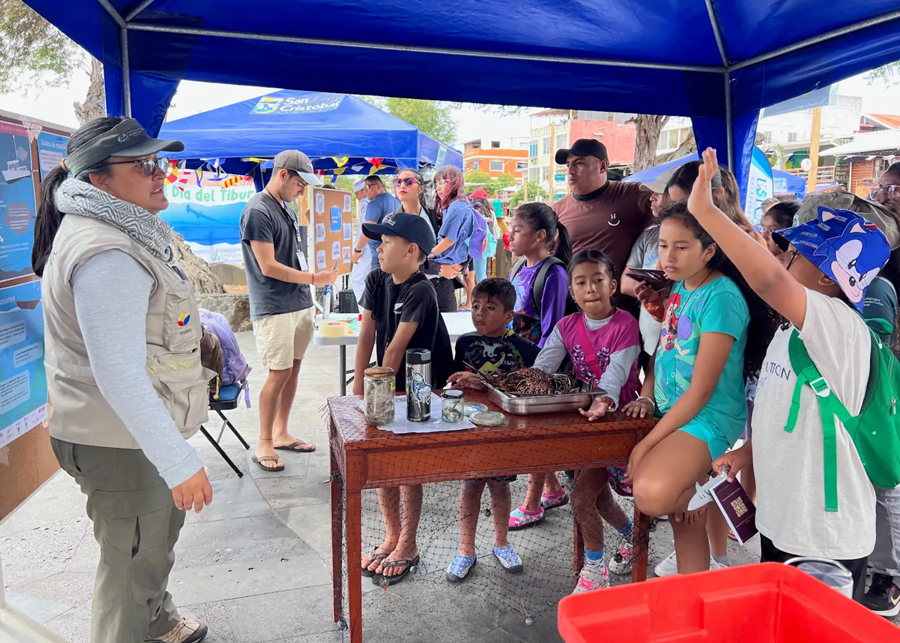






With over 10 years of experience, this emblematic annual event offers the community educational experiences focused on learning about topics related to marine species, with special attention given to the sharks that inhabit Galápagos. Through a full day event that takes place every July, including several stalls that combine knowledge and fun, empathy for these species is encouraged. Visitors use a “passport” that is marked with funstamps at each stall.



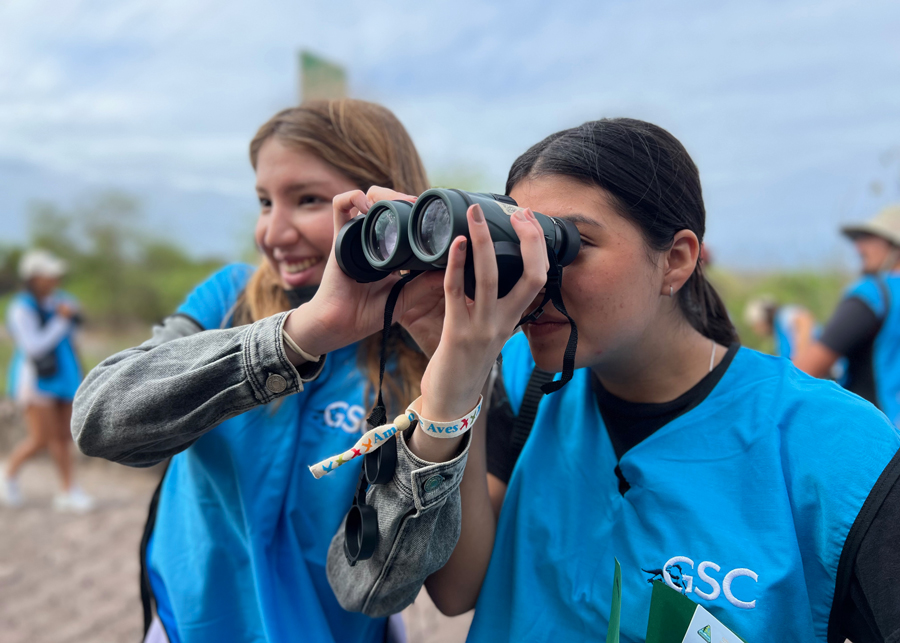
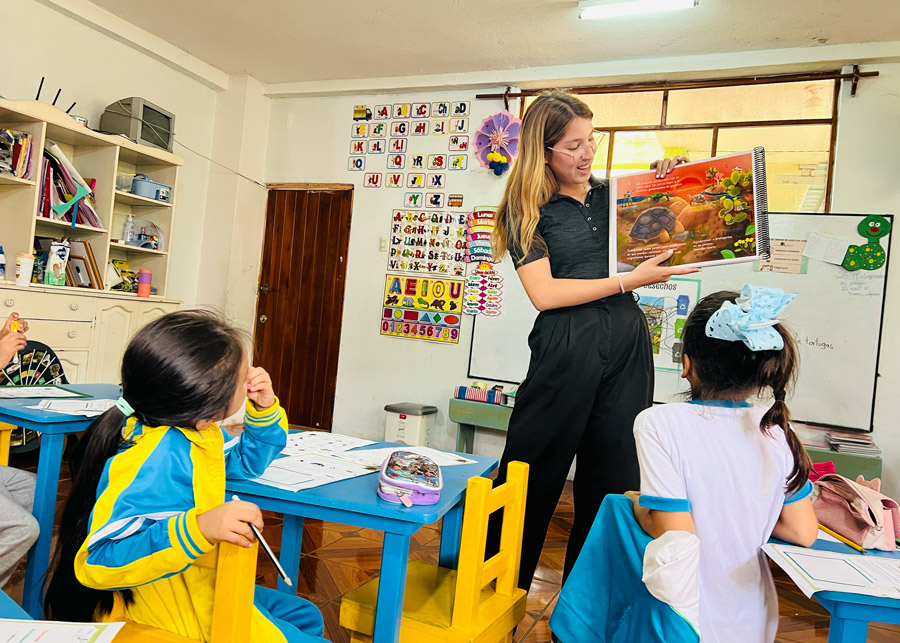

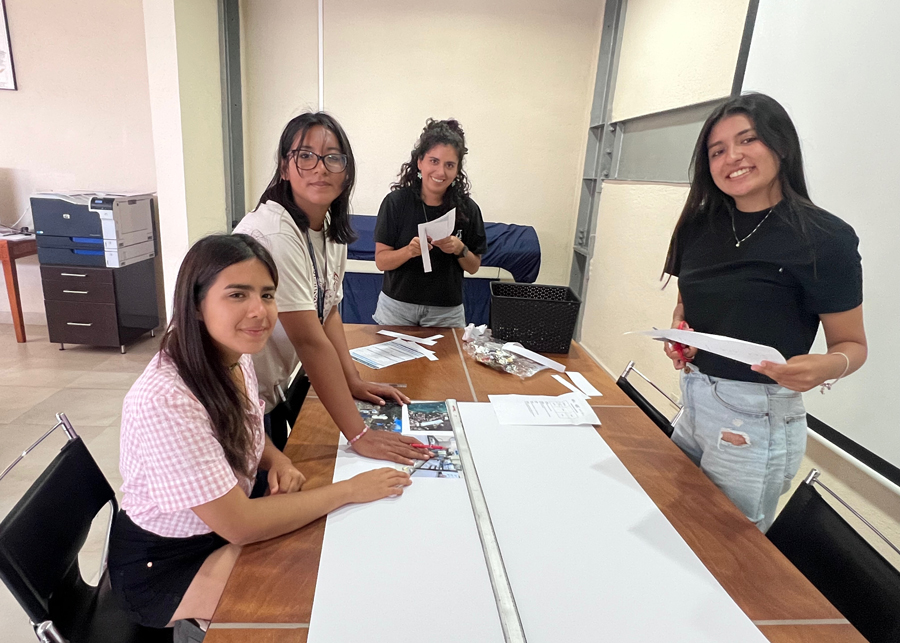
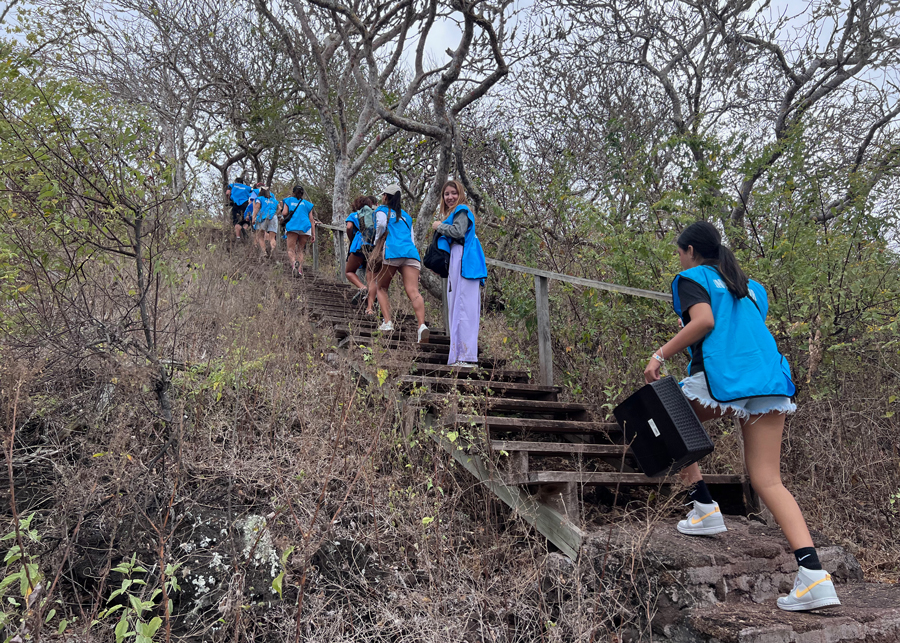

A space specifically aimed at USFQ Galápagos students, these activities were created as an opportunity to connect them with other community members through their direct participation in the development and implementation of various activit ies of the CWNP. Participants apply knowledge acquired during their academic period in the creation of various resources that they share with children, youths, and adults during events or in local schools. Additionally, they build important skills and abilities for their personal and professional development.
Our Impact So Far
We want to inspire and reach other communities, which is why we will continue motivating our children, youth, and adults toward small positive changes that promote the protection of biodiversity and the sustainable development of Galápagos.
We thank everyone who makes it possible to continue with the activities, especially the GSC-USFQ team, who accompany us on every adventure!
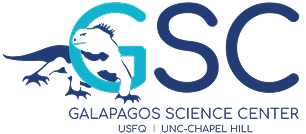

Photo: Romina Cox
How We Work

The community development program “Connecting with Nature” began its activities in 2019, thanks to the partnership between the Galapagos Science Center and the Galapagos Conservation Trust. Its purpose is to promote recreational and educational activities with community participation, in order to contribute to the revaluation of the islands’ natural resources and to strengthen the sense of responsibility for their conservation.
The activities have been designed based on the well-known “Theory of Change,” which holds that conservation attitudes and behaviors can be gradually promoted through various interventions at different life stages, from childhood to adulthood. In this way, the program seeks to raise awareness, engage, motivate action, and empower children, youth, and adults around the socio-environmental dynamics taking place on the islands, taking into account sustainable development, climate change, the strengthening of identity, and gender equity as the main cross-cutting themes.
Photo: Joshua Vela
Photo: Joshua Vela
9,163
Total Reach
Phase 1 – Phase 6
4,405
People of various ages participate in events.
2,583
Children and youth participate in activities, specially designed for them.
4,405
Teachers from schools and colleges participate in activities.
4,405
Local USFQ students participate in the development of activities.
4,405
Teachers, researchers, and speakers from several institutions participate in events.
Photo: Sofía Green
Get Involved
Want to join us? Whether you’re a teacher, student, local organisation or visitor, there are ways to participate, support or lead activities.
| Cookie | Duration | Description |
|---|---|---|
| cookielawinfo-checkbox-analytics | 11 months | This cookie is set by GDPR Cookie Consent plugin. The cookie is used to store the user consent for the cookies in the category "Analytics". |
| cookielawinfo-checkbox-functional | 11 months | The cookie is set by GDPR cookie consent to record the user consent for the cookies in the category "Functional". |
| cookielawinfo-checkbox-necessary | 11 months | This cookie is set by GDPR Cookie Consent plugin. The cookies is used to store the user consent for the cookies in the category "Necessary". |
| cookielawinfo-checkbox-others | 11 months | This cookie is set by GDPR Cookie Consent plugin. The cookie is used to store the user consent for the cookies in the category "Other. |
| cookielawinfo-checkbox-performance | 11 months | This cookie is set by GDPR Cookie Consent plugin. The cookie is used to store the user consent for the cookies in the category "Performance". |
| viewed_cookie_policy | 11 months | The cookie is set by the GDPR Cookie Consent plugin and is used to store whether or not user has consented to the use of cookies. It does not store any personal data. |
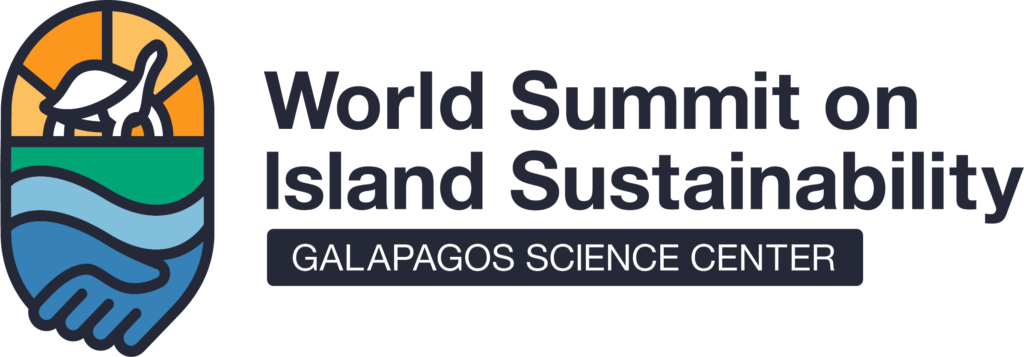
In 2022, the Galapagos Science Center (GSC) and the broader UNC & USFQ Galapagos Initiative will celebrate its 10th Anniversary. We are proud to announce the World Summit on Island Sustainability scheduled to be held on June 26–30, 2022 at the Galapagos Science Center and the Community Convention Center on San Cristobal Island.
The content of the World Summit will be distributed globally through social media and results documented through papers published in a book written as part of the Galapagos Book Series by Springer Nature and edited by Steve Walsh (UNC) & Carlos Mena (USFQ) as well as Jill Stewart (UNC) and Juan Pablo Muñoz (GSC/USC). The book will be inclusive and accessible by the broader island community including scientists, managers, residents, tourists, and government and non-government organizations.
While the most obvious goal of organizing the World Summit on Island Sustainability is to celebrate the 10th Anniversary of the GSC and the UNC-USFQ Galapagos Initiative, other goals will be addressed through special opportunities created as part of our operational planning of the World Summit.
For instance, we seek to elevate and highlight the Galapagos in the island conservation discourse, seeking to interact with other island networks in more obvious and conspicuous ways to benefit the Galapagos Islands, the UNC-USFQ Galapagos Initiative, and the world. We will seize the opportunity to further develop the I2N2 – International Islands Network-of-Networks. Further, we wish to highlight and emphasize multiple visions of a sustainable future for the Galapagos Islands and we cannot do this alone. Therefore, engaging the Ecuadorian Ministry of Environment, the Ministry of Tourism, the Government Council of Galapagos, the Galapagos National Park, and local Galapagos authorities, including government and non-government organizations and local citizen groups, is imperative.
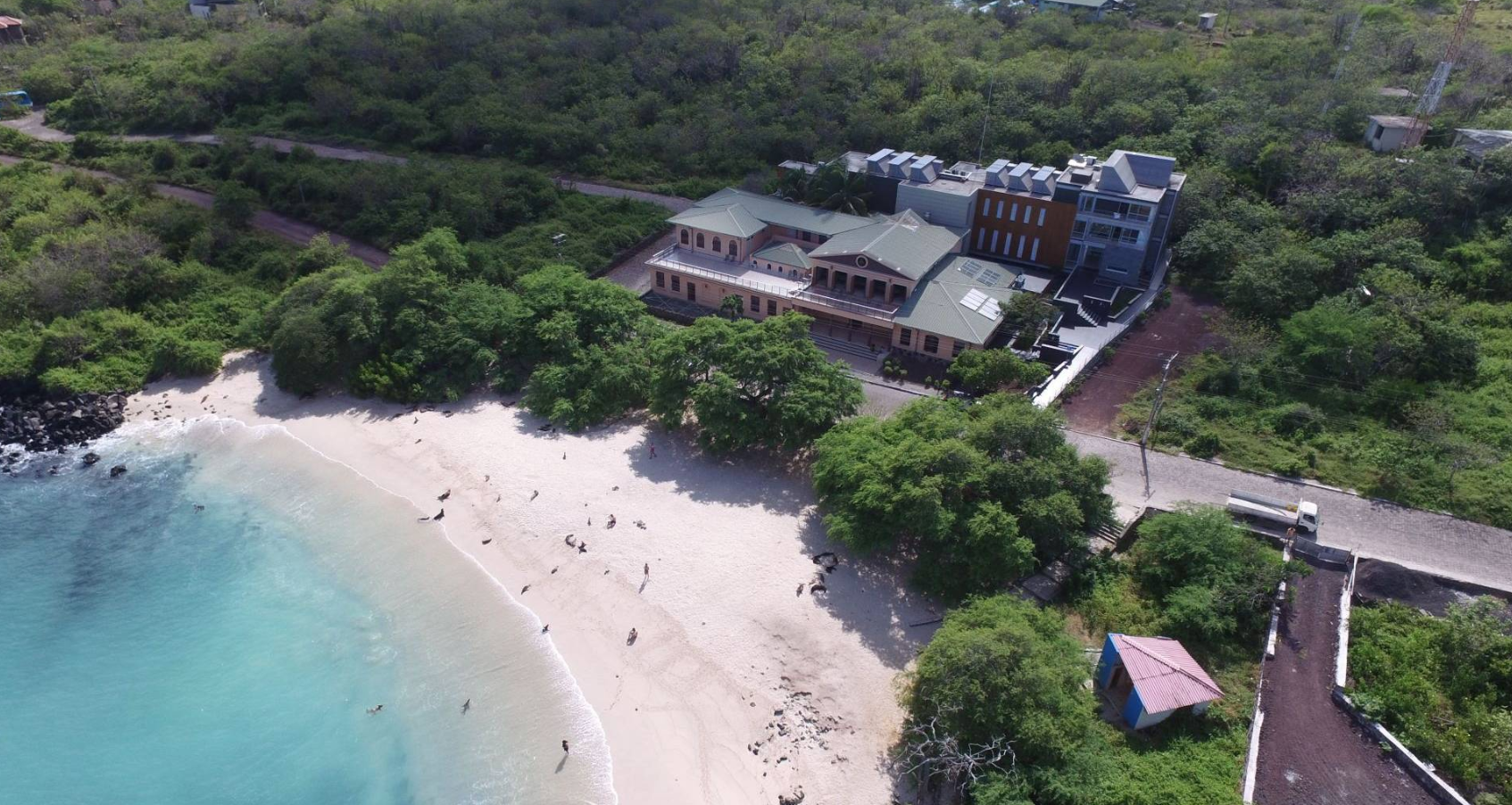
Borrowing from Hawaii’s and Guam’s Green Growth Program and the Global Island Partnership, we wish to examine existing global programs that emphasize island sustainability and their incorporation into life, policies, and circumstances in the Galapagos Islands. We will also seek to enhance our connections with the institutional members of our International Galapagos Science Consortium and expand the Consortium through the recruitment of other member institutions. We will also work to benefit islands and their local communities by working with citizen groups as well as important NGOs who seek to improve the natural conditions in the Galapagos and diminish the impact of the human dimension on the future of Galapagos’ ecosystems.
Lastly, we will use the World Summit to benefit UNC & USFQ and our constituencies through a strong and vibrant communication plan about the World Summit, creating corporate relationships as sponsors, identifying funding goals through donors, and benefiting our study abroad program for student engagement in the Galapagos Islands. We plan to develop and issue a Galapagos Sustainability Communique after the World Summit that includes the vision and insights of all its participants for a sustainable Galapagos with applicability to global island settings.
We are eager to hear your perspective and have you join us at the World Summit on Island Sustainability!